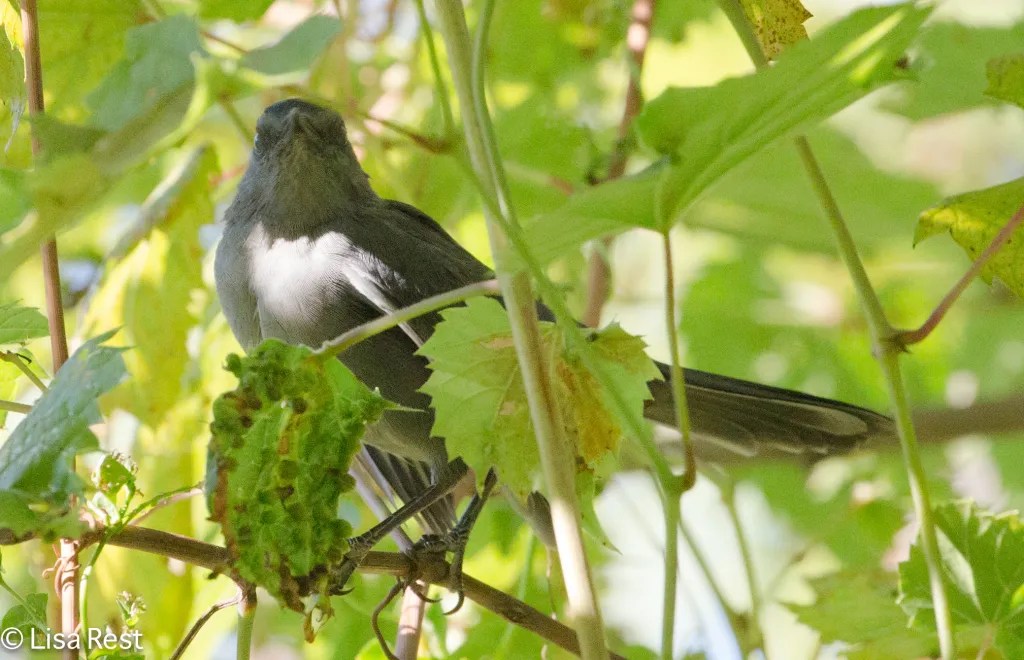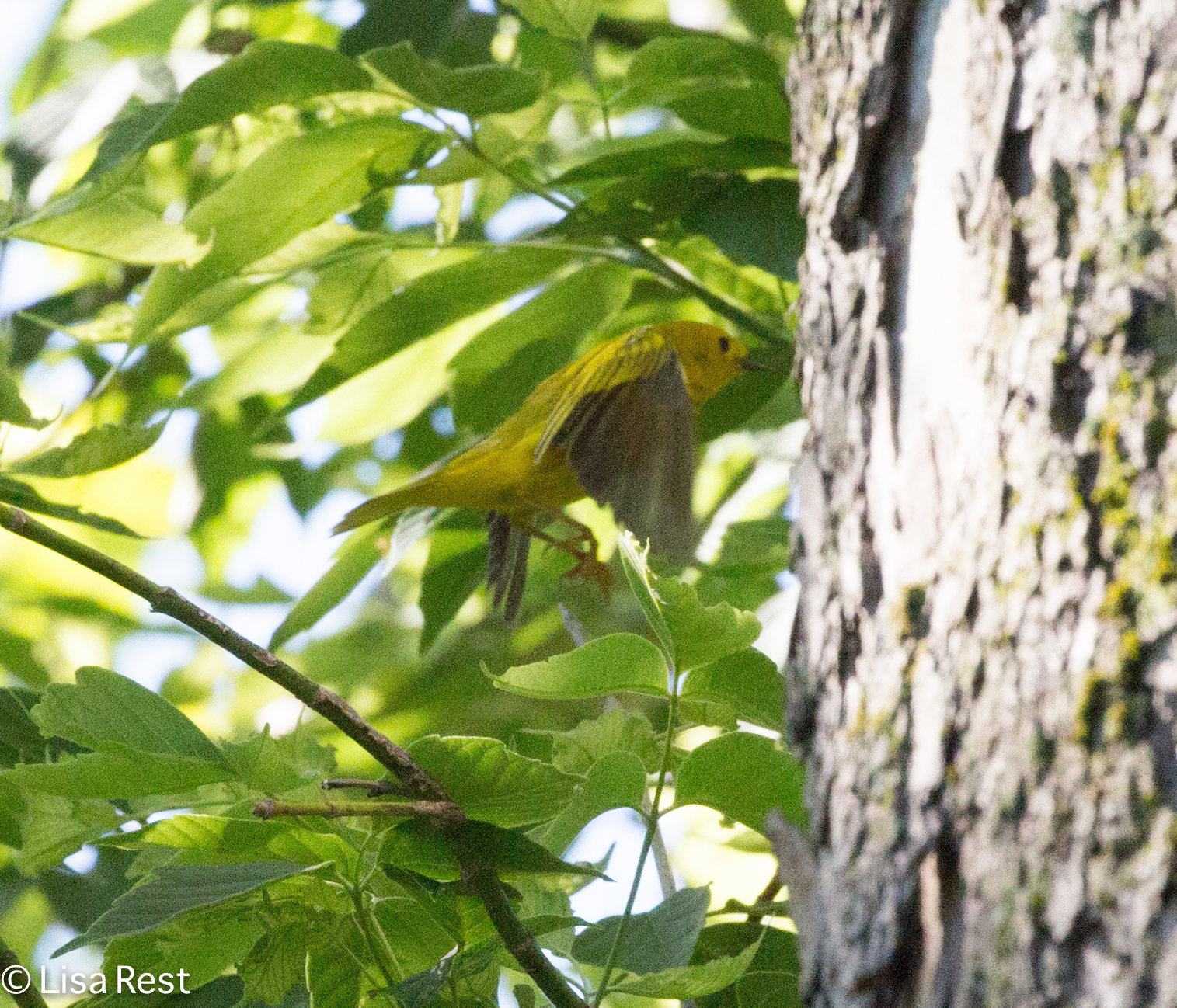
My mother always used to call March the Adolescent Month. She must have been referring to the weather. It’s as if it is on the cusp of indecision – stay in winter or grow up into spring.
I went to Riverside on March 2 which was on the beginning of a brief warm front, and then back again on March 9. On the first visit it wasn’t particularly warm in the morning, but the winds were blowing from the south. I saw the Eastern Bluebird briefly.


There’s nearly always a Black-capped Chickadee somewhere. This one was close enough to photograph.




The sky wasn’t too encouraging.

This Blue Jay tolerated me long enough to focus on those few parts of him that weren’t obscured.


Waterfowl are here and there now, the large groups of Canada Geese and Mallards have dispersed. Below is a female Common Merganser.




With the strong shift in winds from the south, Sandhill Cranes were taking advantage of a free ride. I saw the larger flock when I came back to my car in the health club parking lot after swimming the same day.
When I went back on March 9, the skies were clearer but the temperature was colder.


This Red-bellied Woodpecker was showing off against the blue sky background.

I took note of a River Birch tree. There are several on the Riverside side by the paved trail. The bark fascinates me. They are logical trees for a flood plain.

The foot bridge was clear and clean-looking that day.

Here’s another Red-bellied Woodpecker on the Riverside Lawn side of the river.



My biggest treat this past Wednesday was the Song Sparrow singing, below. It took me a little while to locate him but he was facing me, singing away, when I did. After taking his picture and recording his song, he starting singing a different song, which I also recorded. You can hear both songs below the photographs. I have never witnessed this before. I know Song Sparrows have a reputation for singing a lot of songs but I don’t believe I have never heard the same bird sing two distinct songs. It’s as if he knew he had a good audience. It also reminds me of the Shanahan New Yorker cartoon below, which is my favorite cartoon as it seems to sum up my life.

Mr. and Ms. Mallard were elegant on the water.

The clear blue sky provided a perfect backdrop for an adult Bald Eagle as well.



When I got back to my parking spot I was greeted by a Canada Goose standing on one foot.


But before I could get into my car, two Red-tailed Hawks started flying over, showing off. I didn’t manage to get them both in the same frame but a small sampling of the many photographs I took is below.









The last and most distant capture was of this hawk’s back against the sun.

Spring continues to push forward. We had some snow last night but it was a minimal accumulation. Even though it’s quite cold, the sun has by now removed all the snow from the sidewalks. As much as I am tempted to wonder what is the meaning of life these days, it seems to make as much sense, if not more, to just take note of as much of it as I can.














































































































































































































































































































































































































































































































































































































































